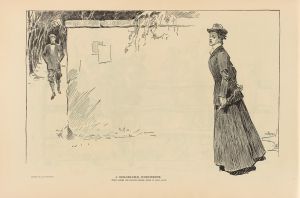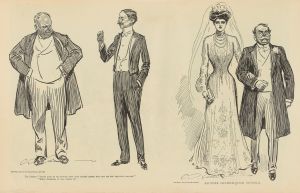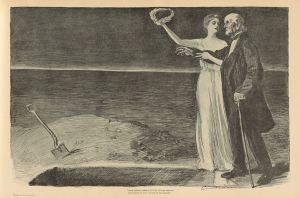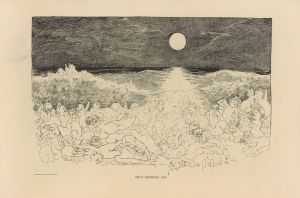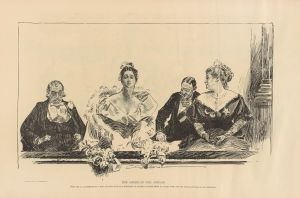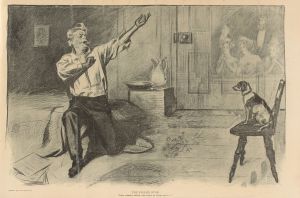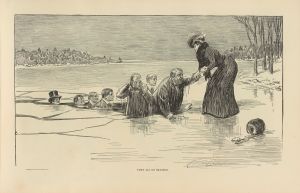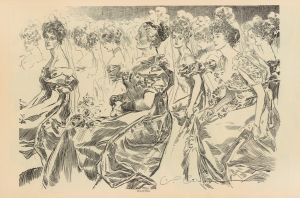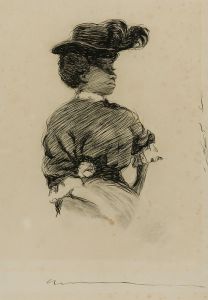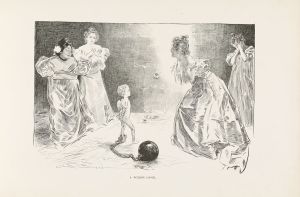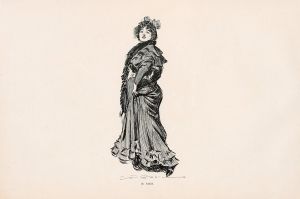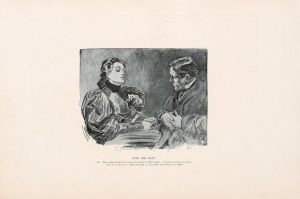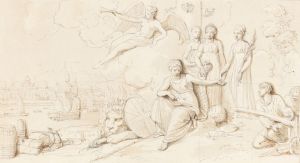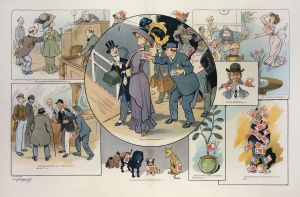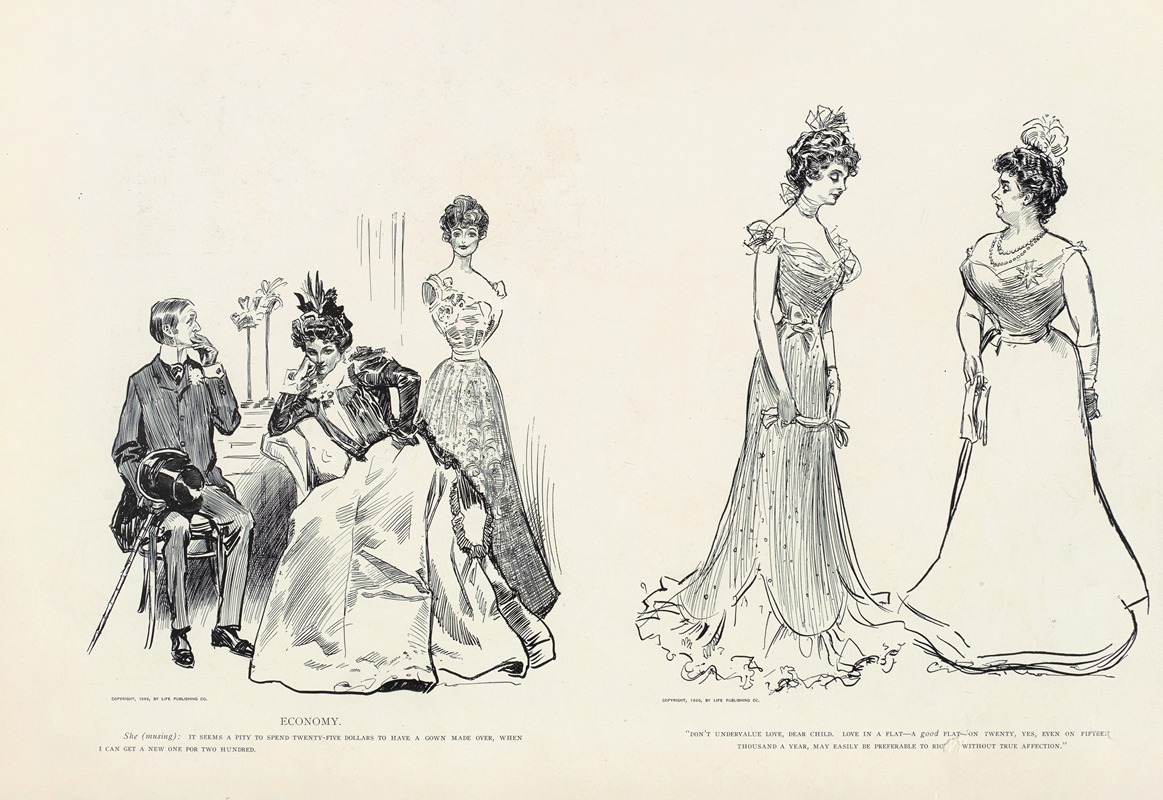
Economy
A hand-painted replica of Charles Dana Gibson’s masterpiece Economy, meticulously crafted by professional artists to capture the true essence of the original. Each piece is created with museum-quality canvas and rare mineral pigments, carefully painted by experienced artists with delicate brushstrokes and rich, layered colors to perfectly recreate the texture of the original artwork. Unlike machine-printed reproductions, this hand-painted version brings the painting to life, infused with the artist’s emotions and skill in every stroke. Whether for personal collection or home decoration, it instantly elevates the artistic atmosphere of any space.
Charles Dana Gibson was an influential American illustrator, best known for his creation of the "Gibson Girl," an iconic representation of the American woman at the turn of the 20th century. Among his many works, "Economy" is one of the illustrations that reflects his keen observation of society and his ability to capture the nuances of his time through art.
"Economy" by Charles Dana Gibson is a black-and-white illustration that exemplifies his signature pen-and-ink style. Gibson's illustrations often appeared in popular magazines of the era, such as Life, Harper's Weekly, and Scribner's, where they reached a wide audience and contributed to the visual culture of the period. His work was characterized by its detailed line work, expressive characters, and often satirical take on social norms and behaviors.
The illustration "Economy" reflects Gibson's interest in the themes of social class and gender roles, which were prevalent in his work. While specific details about the content of "Economy" are not widely documented, Gibson's illustrations typically depicted scenes of everyday life, often with a humorous or critical edge. His work frequently explored the dynamics between men and women, the aspirations of the middle and upper classes, and the societal expectations of the time.
Gibson's illustrations, including "Economy," were part of a broader cultural movement that sought to define and critique the rapidly changing American society of the late 19th and early 20th centuries. This period was marked by significant social and economic changes, including the rise of the middle class, shifts in gender roles, and the impact of industrialization. Through his art, Gibson provided commentary on these changes, often highlighting the contradictions and tensions inherent in the pursuit of the American Dream.
The "Gibson Girl," which became synonymous with Gibson's work, was a representation of the idealized American woman: independent, confident, and fashionable. While "Economy" may not directly feature the Gibson Girl, the themes of economic and social aspiration are consistent with the broader context of Gibson's work. His illustrations often depicted women navigating the complexities of modern life, balancing traditional expectations with new opportunities for independence and self-expression.
Gibson's influence extended beyond the pages of magazines; his work shaped popular perceptions of beauty, fashion, and social norms. The "Gibson Girl" became a cultural icon, influencing fashion and the portrayal of women in media for years to come. Gibson's ability to capture the spirit of his time with wit and insight ensured his place as a significant figure in American art and illustration.
In summary, "Economy" by Charles Dana Gibson is an illustration that reflects the artist's engagement with the social and economic themes of his era. Through his detailed and expressive style, Gibson offered a window into the aspirations and challenges of early 20th-century American society, leaving a lasting impact on the visual culture of his time.





